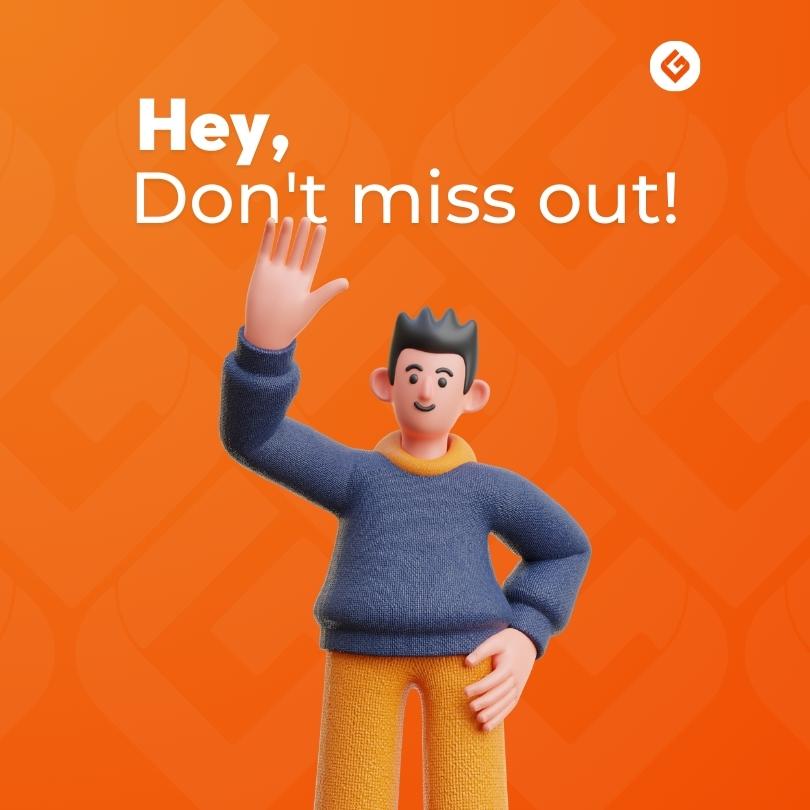In the rapidly evolving digital landscape, the allure of direct digital marketing cannot be overstated. A recent study revealed that personalized, direct communication with consumers can lead to engagement rates skyrocketing by over 70%. Such a statistic isn’t just impressive; it’s a clarion call for marketers, entrepreneurs, and business owners to refine their digital strategies with a direct approach.
What is Direct Digital Marketing?
At its essence, direct digital marketing encompasses all the ways businesses can communicate directly with their audience through digital channels. This includes personalized emails, targeted online advertising, SMS messaging campaigns, and even app notifications. Unlike broad-spectrum advertising, direct digital marketing hones in on specific consumer segments with tailored messages.
Benefits of Going Direct in the Digital World
The digital arena is vast, making it easy for messages to get lost in the noise. Direct digital marketing offers several compelling advantages:
- Personalization at Scale: With advanced analytics, businesses can create messages that resonate personally with thousands, if not millions, of individuals.
- Measurable ROI: Direct campaigns offer tangible metrics such as open rates, click-throughs, and conversions, allowing for fine-tuning and optimization.
- Immediate and Convenient: Digital channels enable instant delivery and interaction, fitting seamlessly into the consumer’s digital lifestyle.
Optimizing Your Direct Digital Marketing Strategy
To maximize the impact of your efforts, consider the following tactics:
Know Your Audience
Segmentation is key. Divide your audience based on behaviors, preferences, and past interactions. Tailored messages to these segments vastly increase engagement and conversion rates. Lets take a look at each audience data you can use to segment your audience:
Behavioral Data
As the name states, you can use this data to divide your audience based on their actions and patterns when engaging with your brand. The idea is that by doing this, you can target your content, promotions and message more accurately. This can include:
- Purchase History. Identify repeat customers, spending habits and the type of products or services they like. Having this data gives you a better idea on who to sell to and optimize your targeting
- Website Interactions. Keep track of how different website visitors interact with your website. Which pages did they visit? What kind of content do they engage with the most? Staying on top of this will ensure that the content you provide will always be relevant to your audience
- Email Engagement. If you’re also doing outbound, monitor your email’s performance. How’s the open rate? Are they clicking your emails? Keeping track of this will help you in tailoring better messages in the future
Preference Data
Understanding your audience’s preferences—be it the type of content they consume, the channels they prefer to receive information through, or the products they are inclined towards—allows for a higher degree of personalization. Of course, this kind of data does not just come out of nowhere. Directly engaging with your audience is necessary to get this data. Here are some action you could take to get started:
- Surveys and feedback. Directly ask your audience about their preferences. Use these insights to inform your marketing strategies.
- Social media listening. Monitor discussions about your brand or industry to spot trends and preferences.
- Customer service interactions. Analyze feedback and queries to understand what your customers value the most.
Past Interactions
Any engagement done to your brand is a gold mine of information. This may be from previous purchases, comments on your content, social media reposts or even customer service calls. This gives you a general idea on how your audience sees your brand; either positively or negatively. Here’s how you can make use of this data:
- Segmentation by customer lifecycle stage. Tailor your message according to whether a customer is new, returning, or at risk of churning.
- Personalized upselling and cross-selling. Based on past purchases, suggest related products or upgrades that the customer may find valuable.
- Re-engagement campaigns. Craft targeted messages for users who have disengaged, using information from their past interactions to reignite interest.
Craft Compelling Content
Personalized doesn’t mean impersonal. Ensure your messages resonate on a human level, offering value and relevance to the recipient’s current context and needs. Lets get close and personal and see what you can do to humanize your content and make it compelling.
Core Idea to Humanize Content
- Tell a Story. Facts tell, but stories sell. Weave narratives around your data, services, or products that mirror the daily experiences of your audience. Allow your content to be the protagonist that your audience can root for.
- Empathy is Key. Approach each piece of content with empathy. Address pain points, answer pressing questions, and provide relief with your solutions. Empathy translates into content that understands and cares.
- Speak Their Language. Use the lexicon of your audience. Dive into forums, discussions, and platforms where your audience interacts and absorb their language into your content.
Putting Humanized Content into Practice
- Use Real-Time Data. See what the analytics and real-time data says to move your content strategy to what’s relevant now. This could mean responding to trending topics or addressing emerging needs as they happen.
- Segment and Conquer. Use your segments to not just target but also to create content for specific contexts. Craft tailored messages that feel like a one-on-one conversation, even if they’re broadcasted to thousands.
- Dynamic Content Delivery. Employ technologies such as AI and machine learning to deliver dynamic content that adapts based on user interaction, offering a seamlessly personalized experience.
Timing and Frequency Matter
Analyze data to determine the optimal times for engagement with your audience. Be mindful of overcommunication. Having balance is crucial to avoid fatigue. Lets go through some steps to better balance your timing and frequency.
Timing Engagement
- Analyze Behavioral Patterns. Again, we look at behavioral data. Examine your audience’s online activity. Use tools like Google Analytics to discern peak website traffic times, social media insights to track engagement statistics, and email marketing platforms to identify when open rates soar.
- Test and Learn. Do A/B testing for send times. Change one variable at a time, compare performance, and let empirical evidence guide your scheduling.
- Time Zone Travels. No one’s active all the time! Remember to consider the geolocation of your audience. If your data spans the globe, employ smart segmentation to ensure that messages arrive at sociably acceptable hours.
Optimizing Engagement Frequency
- Historical Insights. Consider the frequency that has historically yielded positive engagement metrics. Previous campaigns offer a wealth of knowledge—use it.
- Subscriber Preferences. Provide options for your audience to control how often they hear from you. This respects individual choice and defers to the user’s sense of suitable frequency.
- Quality Over Quantity. It’s a simple mantra with profound impact. Ensure that each message has intrinsic value. If your content consistently offers insight, entertainment, or utility, your audience is less likely to perceive it as noise.
Beware of Legalities & Ethical Best Practices
With great power comes great responsibility. Adhering to data protection regulations like GDPR in the EU and the CAN-SPAM Act in the U.S. is non-negotiable. Prioritize consumer privacy and ensure transparent, ethical practices in all your digital marketing endeavors.
Direct digital marketing offers a unique opportunity to forge deeper connections with your audience, driving engagement and loyalty in an increasingly impersonal digital world. By understanding your audience, delivering value through personalized content, and leveraging the right technologies, your business can achieve remarkable results.
Found our content interesting so far? We cover topics like this every single week at our blog! Click here to read more content like this!

















Leave a Reply